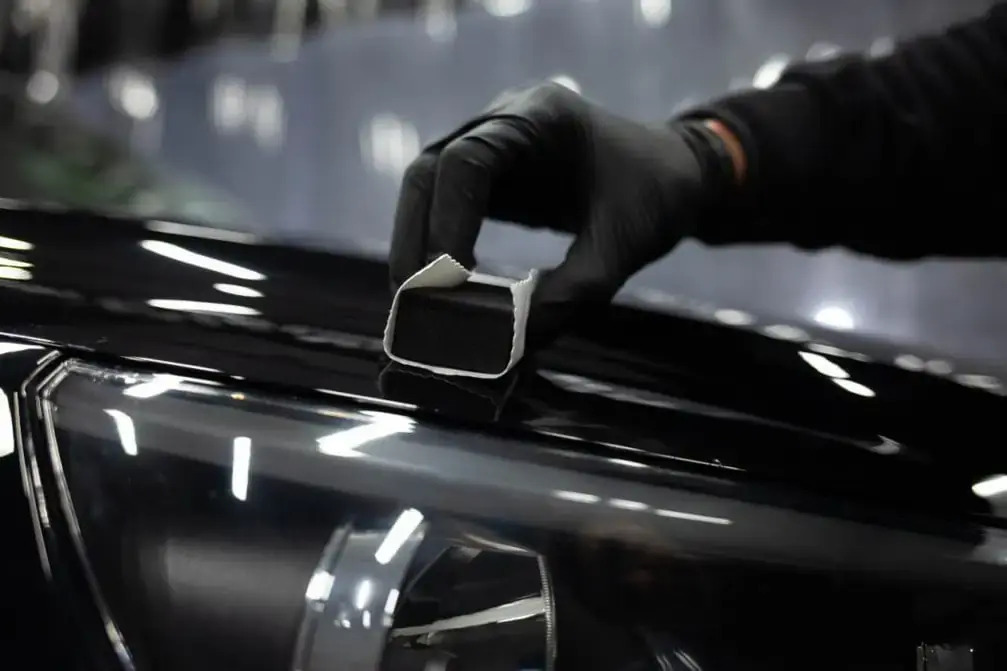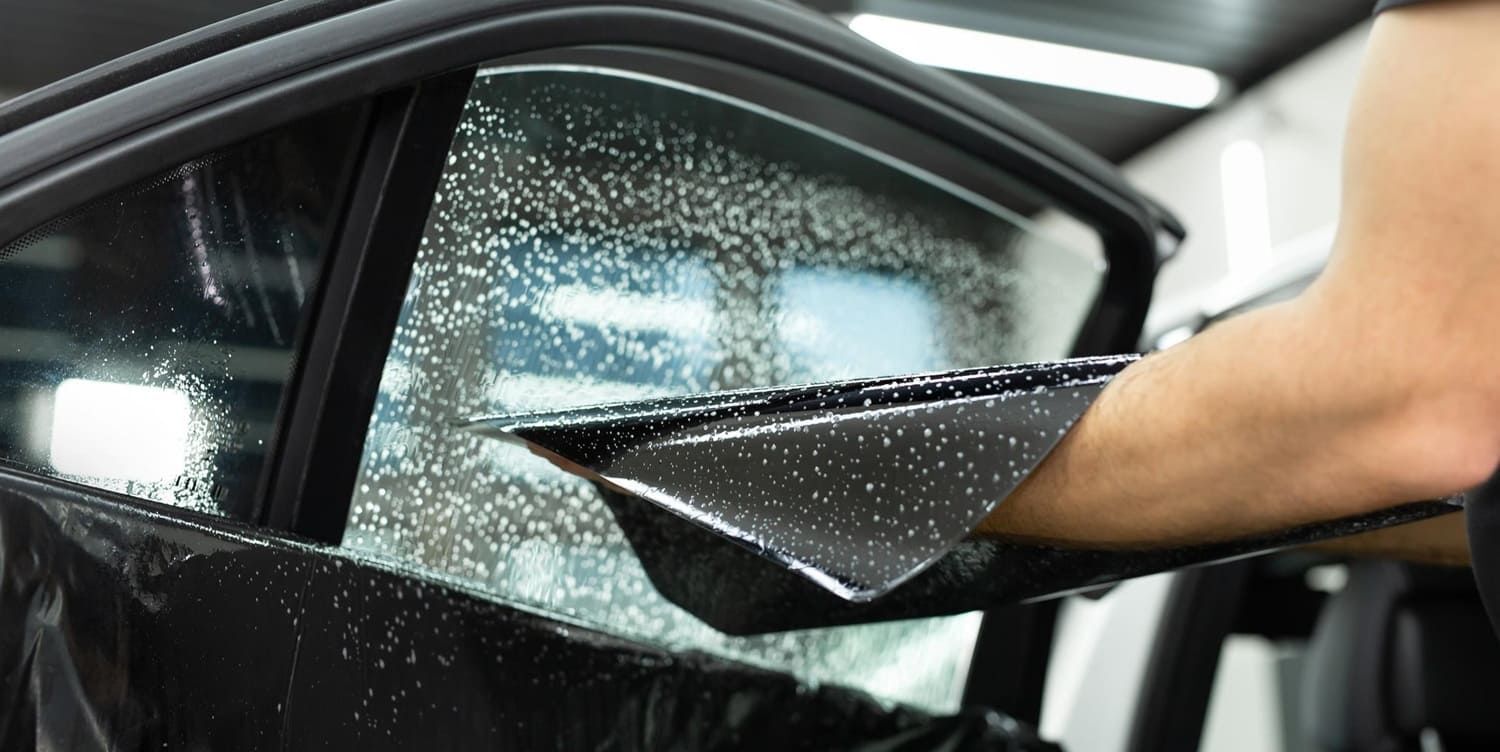How to Get Rid of Mold in Your Car Quickly and Safely
Welcome to the Right on Detail’s guide on car mold treatment! Mold in cars is an unpleasant sight and also produces an unpleasant odor. Don’t worry! This guide can help you get the inside of your car back to its prime condition and make it look and smell fresh again.
What exactly is mold in automobiles, whether or not it offers any threats, and most importantly, how can you prevent its unpleasant existence in the first place? At Right on Detail, we feel that you must have a complete understanding of all of these things. And for those unfortunate enough to already have mold auto on their hands (or seats), do not worry—we will also talk about effective methods for auto mold remediation and removing both the obvious signs of mold and that annoying mildew smell.
So, get some expert advice on removing mold from car interiors and get rid of car mold treatment. Starting right away!
What is Car Mold?
As the phrase mold in cars suggests, this is when mold and mildew grow inside your car. It happens when there is a lot of moisture inside the car, which is what leads to the development of these unwanted fungi. Mold could be on your seats, rugs, dashboard, or even in places you would not expect to see.
Warm and damp places are great for mold growth, which is easy to find inside a closed car during the summer or after it rains a lot. The likelihood of experiencing this annoying issue increases if you reside in a humid region or if you tend to leave damp things, such as umbrellas or towels, inside your vehicle.
Mold in automobiles can cause health problems if left untreated, in addition to its unsightly appearance and unpleasant odor. Mold spores can aggravate respiratory conditions like sneezing, coughing, and asthma episodes. They can also cause allergies. To maintain the cleanliness and safety of your vehicle, it is essential to respond quickly to any indications of a moldy car interior.
Mold in automobiles can be avoided by taking preventative measures. To prevent moisture buildup, keep your automobile clean by vacuuming the interior regularly to eliminate dirt and debris. Also, do not leave anything damp things behind; always make sure they are completely dry before putting them back in your car.
Is Mold in a Car Dangerous?
It is not always clear how to deal with mold in automobiles. Some kinds of mold are not dangerous to your health, but others might be. Mold spores can cause allergies and respiratory problems since they are rapidly dispersed through the air and can be inhaled.
You must act immediately if you detect any indications of white mold in car interior, such as visible mold on surfaces or a musty odor. If you do not get rid of mold, it can spread and possibly hurt your health.
There may be some people who are more likely to be affected by car mold than others. This includes people who already have breathing problems like asthma or allergies. Also, kids and old people because they have weaker immune systems, which makes them more likely to get sick.
It is important to get rid of mold in cars as soon as possible to keep yourself and your guests safe. Checking your car for signs of water buildup or condensation regularly can help stop mold growth completely.
You can greatly lower your chances of getting mold in cars by keeping them clean and dry. This means using dehumidifiers if needed to quickly dry out floors or seats that are wet after spills or rainstorms.
Keep in mind that the best way to deal with mold auto is through car mold prevention. This annoying fungus could damage your car and endanger you and other drivers if you do not get it removed.
How to Prevent Car Mold
Not only is car mold an eyesore, but it also poses health risks to drivers. You can keep your vehicle mold-free by following these easy steps:
Make sure your vehicle is dry and clean first and foremost. Because moisture is a major factor in mold development, it is essential to wipe up any leaks or spills regularly. Furthermore, mice are attracted to damp areas. To avoid getting water on your car, make sure to dry off any areas that may have been damp.
An important preventive measure is proper ventilation. To improve air circulation and reduce humidity levels within the car, slightly open the windows when parked.
Another important step in keeping mold at bay is inspecting and maintaining your car's air conditioning system regularly. Make sure fresh air can flow throughout your car's interior by replacing the cabin filter according to the manufacturer's recommendations.
There are a variety of commercially available equipment that can absorb moisture, such as dehumidifiers or even sachets of silica gel, which you may keep in your vehicle if it gets wet. You can use these to soak up extra moisture and prevent mold from growing.
A vehicle history report should be conducted on any vehicle being purchased. You do not want to acquire a car that might have been in a flood before just to find out that it has mold issues shortly after you have it.
How to Remove Mold from a Car's Interior
Carpets and other interior surfaces inside the car are ideal breeding grounds for mold in vehicles. Ignoring this issue can lead to a foul smell and perhaps health problems. Here's how to clean moldy car interiors properly.
Vacuuming every surface where mold has grown should be the first step. This will make it easier to remove loose debris and spores. Then, in a spray bottle, combine white vinegar and tap water in equal proportions, and shake properly. Vinegar is known for its inherent antifungal properties.
Apply this solution with a spray and wait fifteen minutes for it to rest on the affected areas. After that, delicately scrub the mold stains away with a clean sponge or towel. Make it a point to work on small portions at a time.
If any mold remains after you have used vinegar to eradicate it, then you can use baking soda to remove any leftover stains or smells. Spread a thick layer of baking soda over the carpeted areas and let it sit for at least one night, or more time if necessary.
After vacuuming the baking soda, check if there are any mold traces or odors that require more care. If that is the case, continue to repeat these steps until you are satisfied with the outcomes.
For the interior of your vehicle to remain mold-free, prevention is the key. Cleaning moldy car interior regularly and quickly resolving any moisture problems will significantly reduce the likelihood of future mold outbreaks.
Do not let those bothersome molds in your car ruin your comfort and safety when you are driving! Take control of them today!
How to Get Rid of the Mildew Smell in a Car
Mildew gives out a musty, unpleasant smell that no one wants in their vehicle. Getting rid of that smell is crucial for a clean and comfortable journey, regardless of whether it was caused by an unobserved spill or a wet umbrella.
First, make sure the interior of your car is spotless. Eliminate any food particles, trash, or debris that might be causing the odor to persist. To thoroughly clean the carpets and seats, use an upholstery cleaner made especially for automobiles.
After that, address the odor's source. Look for places where moisture may be trapped such as under floor mats and in trunk compartments. Dry the affected areas by wiping them with a clean towel and then letting them air out.
Try alternative remedies like baking soda or activated charcoal to further get rid of the mildew odor. Before vacuuming, sprinkle either chemical on the affected parts and let it sit overnight. Because they absorb excess moisture, these adsorbents can aid in odor neutralization.
Use an odor eliminator made especially for vehicles if there are lingering odors that do not go away after washing and applying natural remedies. These products are made to remove stubborn smells like smoke and mildew while leaving a clean, fresh aroma behind.
Maintaining your car regularly is essential to avoid future mold growth. These instructions will help you avoid unpleasant mildew smells and maintain a clean, fresh-smelling car.
Remove Car Mold with Right on Detail for a Fresh Interior:
You must act swiftly if you are experiencing car mold. In addition to being harmful to your health, mold can cause bad odors and interior car damage. However, if you find yourself constantly battling with mold or simply want to avoid the hassle altogether, hire Right on Detail as we can help you get a fresh-smelling car.




